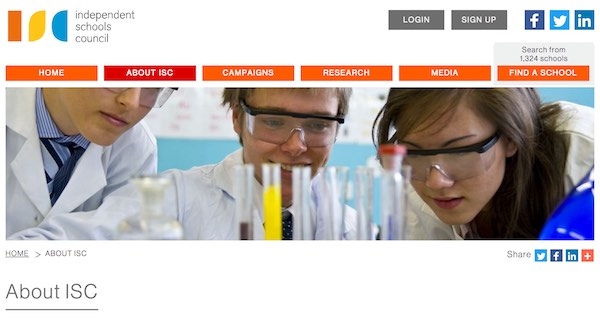The cost of private education in the UK has increased by more than 20% in the past five years, outstripping the rise in average earnings and placing greater strain in parents’ finances.
According to the latest research by Lloyds Private Banking, over the past five years the average annual fee for day pupils has increased from £11,448 in 2012 to £13,830 - a rise of 21%.
The increase is nine percentage points higher than the increase in the Retail Price Index (12%) and three and a half times more than the 6% rise in full time gross annual earnings over the same period.
The average annual private school fee in 2017 is now equivalent to over a third (39%) of the average UK annual gross full-time earnings of £35,148, says the research. This ratio was 30% in 2004 when this year’s school leavers started reception.
Parents of school leavers in 2017 who started reception in 2004 have paid an average £152,906 in fees. During that time, parents have seen average annual fees go up by 67% from £8,297 in 2004 to £13,830 in 2017.
The total average cost of a private school education in London, from reception to 18, is £176,301, the highest in Britain. London is followed by the South East (£171,042) and the South West (£156,120). Parents in the North pay the least at £123,447 – around £53,000 less than in London.

Sarah Deaves, Private Banking Director at Lloyds Bank, said: "The choice of whether to send your child to a private school is an important one for many parents, but increasing fees means that even those on higher salaries may struggle to afford it.
“It’s ever more important for parents, and sometimes grandparents, to plan their finances as early as possible if they want a private school education for their children."
Regionally, London has seen the biggest rise in fees by 25% since 2012 to £16,560 – and is also the most expensive. The next biggest increase is in the North (23%) followed by East Anglia and the South East (both 21%).
An estimated 168,025 pupils currently receive help with their fees representing a third of all pupils; the value of this help totals £900m, an increase of 4.9% on last year. A significant majority (85%) of total fee assistance is provided directly fromthe schools themselves: ISC schools currently provide more than £760 of fee assistance, an increase of 4.8% on the previous year.
Although the average fee has grown by 21% since 2012, pupil numbers remain largely unchanged compared to five years ago. While the number of senior school pupils (11 to 16) has fallen slightly (by 1%), pupils in the other age groups have increased. The number of sixth formers (17 to 19) has grown by 8%, children in junior school (4 to 10) have risen by 6% and those in nursery schools (0 to 3) by 4%.




